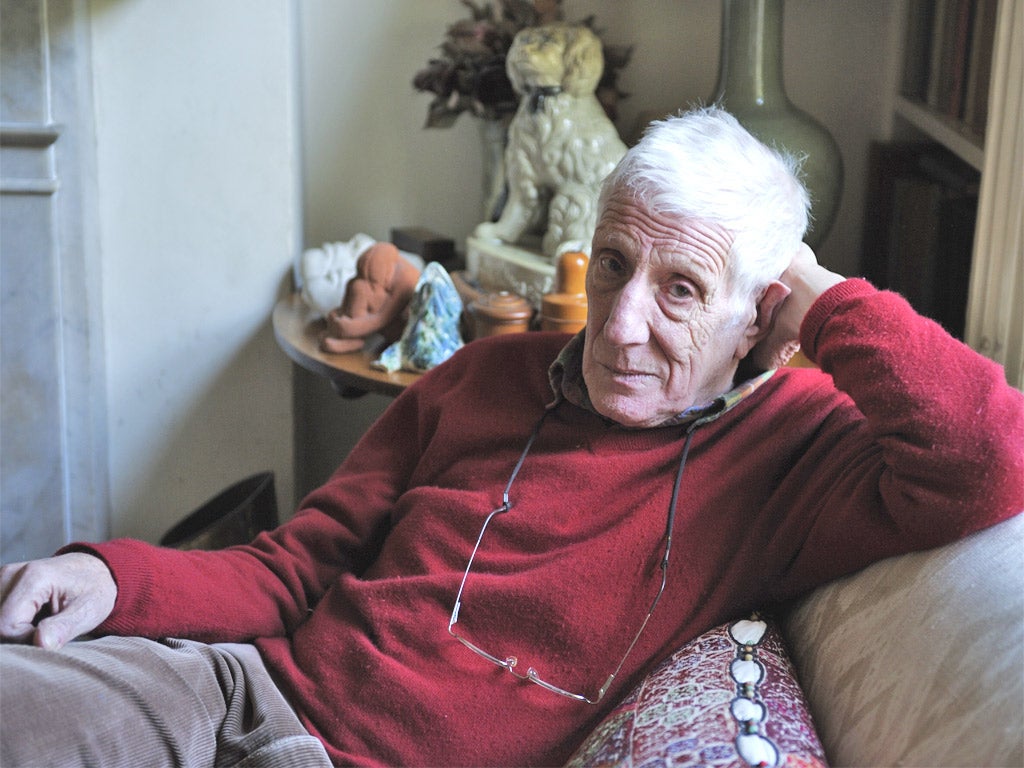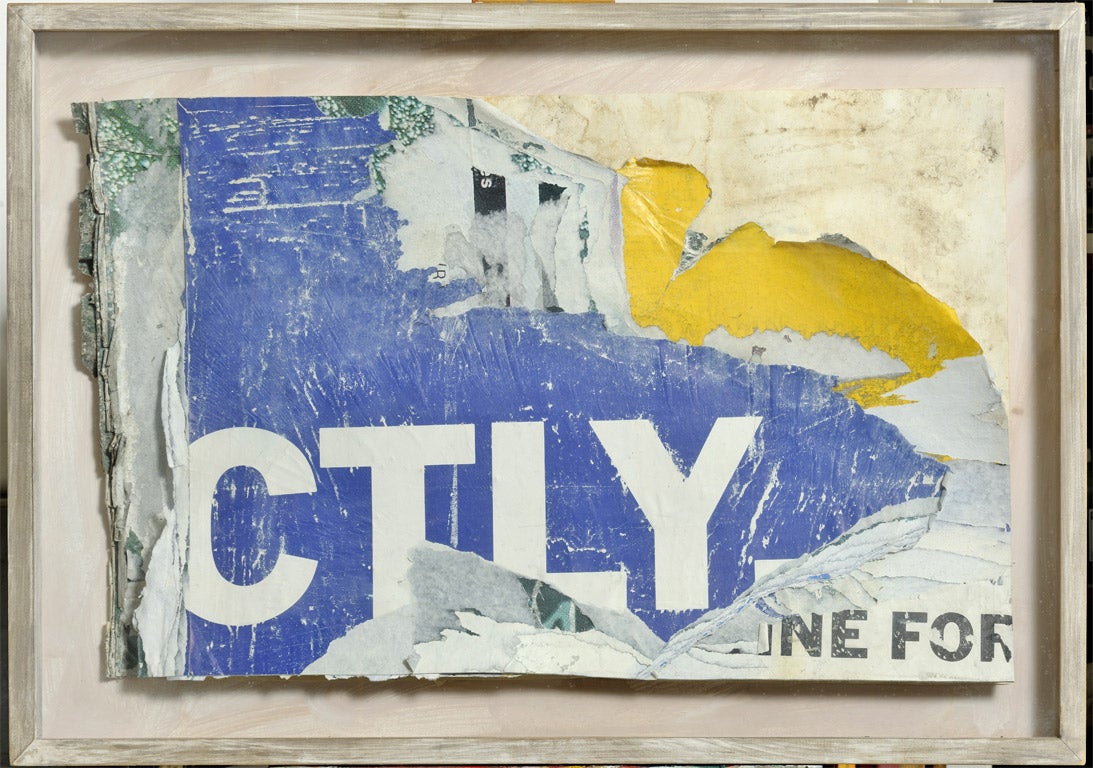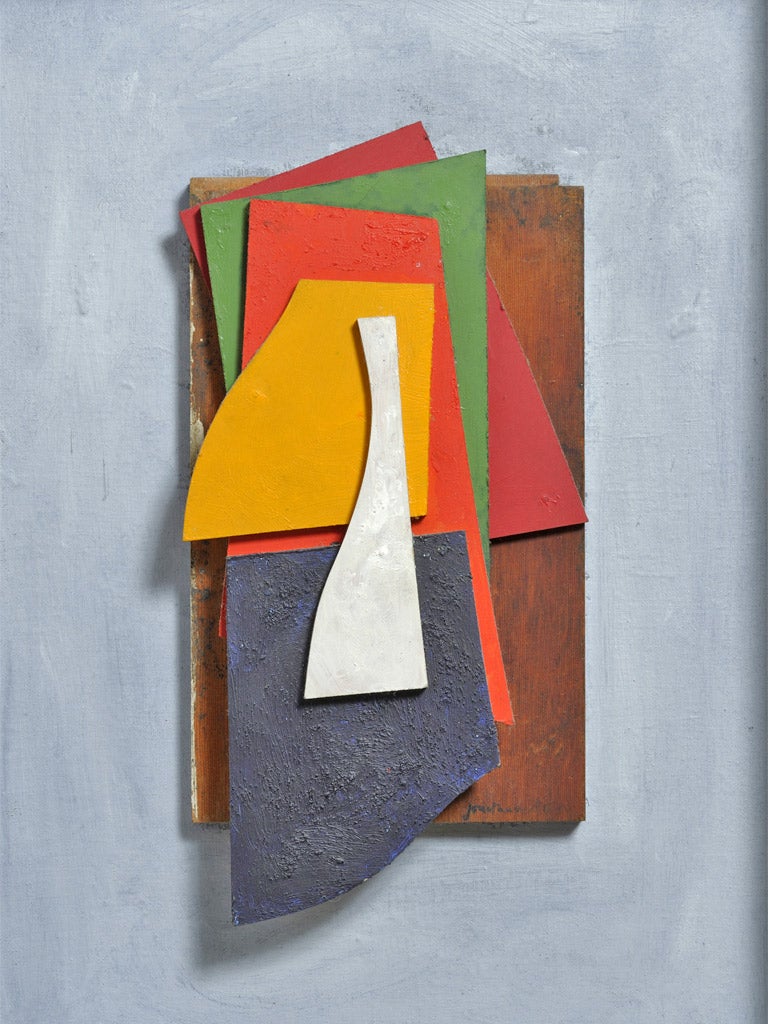Jonathan Miller: 'Why I shun the National Theatre'
As an exhibition of art by Jonathan Miller opens, the titan of two cultures tells John Walsh why he no longer goes to plays or operas and chose to avoid his alma mater's 50th-anniversary celebrations

Your support helps us to tell the story
From reproductive rights to climate change to Big Tech, The Independent is on the ground when the story is developing. Whether it's investigating the financials of Elon Musk's pro-Trump PAC or producing our latest documentary, 'The A Word', which shines a light on the American women fighting for reproductive rights, we know how important it is to parse out the facts from the messaging.
At such a critical moment in US history, we need reporters on the ground. Your donation allows us to keep sending journalists to speak to both sides of the story.
The Independent is trusted by Americans across the entire political spectrum. And unlike many other quality news outlets, we choose not to lock Americans out of our reporting and analysis with paywalls. We believe quality journalism should be available to everyone, paid for by those who can afford it.
Your support makes all the difference.Tall, rumpled and angular, Sir Jonathan Miller, CBE, FRCP, doctor, legendary theatre and opera director, polymath, polyglot, comedian, savant and titan of the two cultures, stands outside the front door of his Victorian house in north London like a ruminative stork, smoking a cigarette. His hunched shoulders give him an air of resigned suffering, as if being debarred from smoking indoors is just one more footling privation visited on him by a hostile universe.
He greets you, however, with a smile of disarming sweetness, ushers you inside and fusses in the kitchen with coffee beans, grinder, sugar and milk. Ostensibly, we're meeting to discuss a new exhibition in Islington of the artworks he has made from used materials (planks, plywood, cloths, flanges, pipes and bits of rusted metal) since 2000.
The works are both objets trouves – things found in wastelands or discovered in scrap yards – and objets d'art, rearranged in frames, in echoes of Cubist works by Braque or collages by Kurt Schwitters. Some are beautiful, some are mysterious, some look like offcuts of art history.
Today, however, the pieces are randomly arrayed all over Miller's house; and, believe me, no art show in London could compare with the 100-minute, multimedia tour he takes you on – of the home he's lived in for 50 years, his long career, his opinions on every subject from Klee (disappointing new exhibition) to Kindles (cautious thumbs-up), of his living-room, his bedroom, his studio – even his wife, Rachel, Lady Miller, is glimpsed at one point – and of his current obsessions.
"That's one of mine," he'll occasionally say, pointing out an assembly of plywood semi-circles in a decayed window-frame. And the petrified, Pompeii-victim human torso on the occasional table? "I got to know Tony [Sir Anthony] Caro three or four years ago, and visited his workshop in Nice. He found me a great lump of scratchy metal, and left me with it in an empty workshop. I remembered when I was a pathologist and thought, I'll do an autopsy…"
Miller points out an accomplished sculpture of his mother, made by his father, Emanuel, an artist turned doctor. "And look, he did this picture of a shell-shock victim. It's very good, isn't it? He returned from the First World War and began working on what people now call post-traumatic stress disorder." Miller senior set up the east London child guidance clinic, and established himself as the first child psychiatrist. But he was also an artist, a friend of David Bomberg and Bernard Meninsky and the London Group."

Did Miller get his love for the arts from his dad? "Oh no," he says, "I had no interest in the arts at all when I was young. I did jokes at St Paul's School, and I once participated in a Footlights show at Cambridge without actually joining the Footlights. Only when I'd qualified as a doctor in 1959, and was doing my first job in casualty, someone called John Bassett from Cambridge asked if I'd take part in this show called Beyond the Fringe…"
Miller is chronically self-deprecating about his success. He maintains that he never strove to act, or direct plays or opera, but was always asked. "I directed my first play because someone asked me to," he recalls. "George Devine at the Royal Court asked me to direct the first half of a John Osborne double bill." Why? "He must have seen me do the Fringe. I said 'I've never directed a play in my life.' He said, 'Oh, you'll pick it up along the way.'"
And the artworks? They started, he says, "about 40 years ago, when someone gave me a camera and I started taking pictures in New York, gradually narrowing down the image until you couldn't tell where you were – perhaps just the edge of a building, where it met a wall, or of graffiti. I must have collected 400 of them, and put them in a book." Why the edges of things? "I was preoccupied by the appearance of things no one else had noticed."
When did he first pick up a plank and think, "I could do something with this"?
"I was in Santa Fe, working with little bits of timber, putting them together in the abstract forms. A local estate manager said, 'Have y'ever tried workin' in metal?' I said, 'No, I can't weld.' He said, 'Docta Milla, if you can laht a cigarette without burnin' ya fucking' nose, you kin weld.' And he taught me."
We move around the five-storey Miller house, taking in the shabby-boho décor, the dark-green-painted walls, the portrait of Miller's mother by Meninsky, the Stars and Stripes wall displays (a gift from Robert Lowell, whose plays he directed,) the original Piranesi drawings of Italian capitals, another shell-shock victim sculpture by Miller's father, Vesalius-like drawings of flayed bodies, modestly smiling while displaying human muscles.

A recent preoccupation has been with rags. Miller takes pieces of thick cloth, soaks them in PVA adhesive until they harden in folds and take on three-dimensional lives, casting shadows. What was this fascination for the negligible, the abandoned and forgotten?
"Things which are thrown away often contain things which have lost their use for other people, but which I can reassemble to make something interesting," he says.
"The commonplace has always interested me in the theatre. I like getting actors and singers to deal in those tiny hand movements that are barely intentional."
He wrinkles his brow. "Those neglected details. My mother said, about fiction or theatre, 'Try to make the negligible considerable' and she was right. It's the basis for so much good fiction. Madame Bovary is about a trivial girl with whom you couldn't bear to spend more than five minutes – but because of the details, it's the greatest novel written in the 19th century."
The phone rings. It is for Dr Miller. I hear his voice change from his normal friendly baritone to a testy rasp.
"No, I am not going. Not after being studiously ignored for years. Yes, they invited me, but I didn't bother to reply. No. Well thank you very much."
The phone clicks. Miller comes into the living room.
"That was a newspaper asking me if I'm going to the National Theatre's 50th anniversary," he says. "And I'm not." Why not? "Because in 35 years, they haven't invited me to do anything. I had a very good time for five years working with Larry Olivier and directing him, we were intimate friends, and after I left I went on directing plays all over England and America, but apart from the Saint Matthew Passion, they haven't asked me to do anything at all. I left when Peter Hall took over. He kept on Michael Blakemore and me, two people from the days of the Old Vic, to show that he wasn't rejecting Larry's choices. But I got so bored and fed up with him that I had to get out."
What does he make of Rufus Norris, the National's replacement for Sir Nicholas Hytner? "Who? I don't know who that is. I never go to the theatre."
What, never? Why ever not?
"I'm just not interested in going to it. I'm interested only in doing it."
But you go to art exhibition, you see what's going on, then come home and make art yourself. Why not see what's going on at the theatre?
"I go to exhibitions because they interest me. But I never go to watch opera or plays. I'm only interested in doing them." He considers. "It's like being a doctor. I mean, I wouldn't go to look at other people's patients."
But art isn't the same as medicine, is it?
"What I bring to the theatre is comprehensively taken from what I learned as a doctor, about the minuscule details that give the game away. Like the time I told a woman how to sing the aria Dove sono in the third act of The Marriage of Figaro, when she's in mourning and her marriage is falling to bits..."
And Jonathan Miller is off again, on the god of small things, the dignity of the negligible and the rediscovery of the marginal and forgotten. Wherever does he get his inspiration?
Jonathan Miller Works from 1962-2013, Cross Street Gallery, London N1 (0207 226 8600; artforsale.co.uk) tomorrow to 28 November
Join our commenting forum
Join thought-provoking conversations, follow other Independent readers and see their replies
Comments